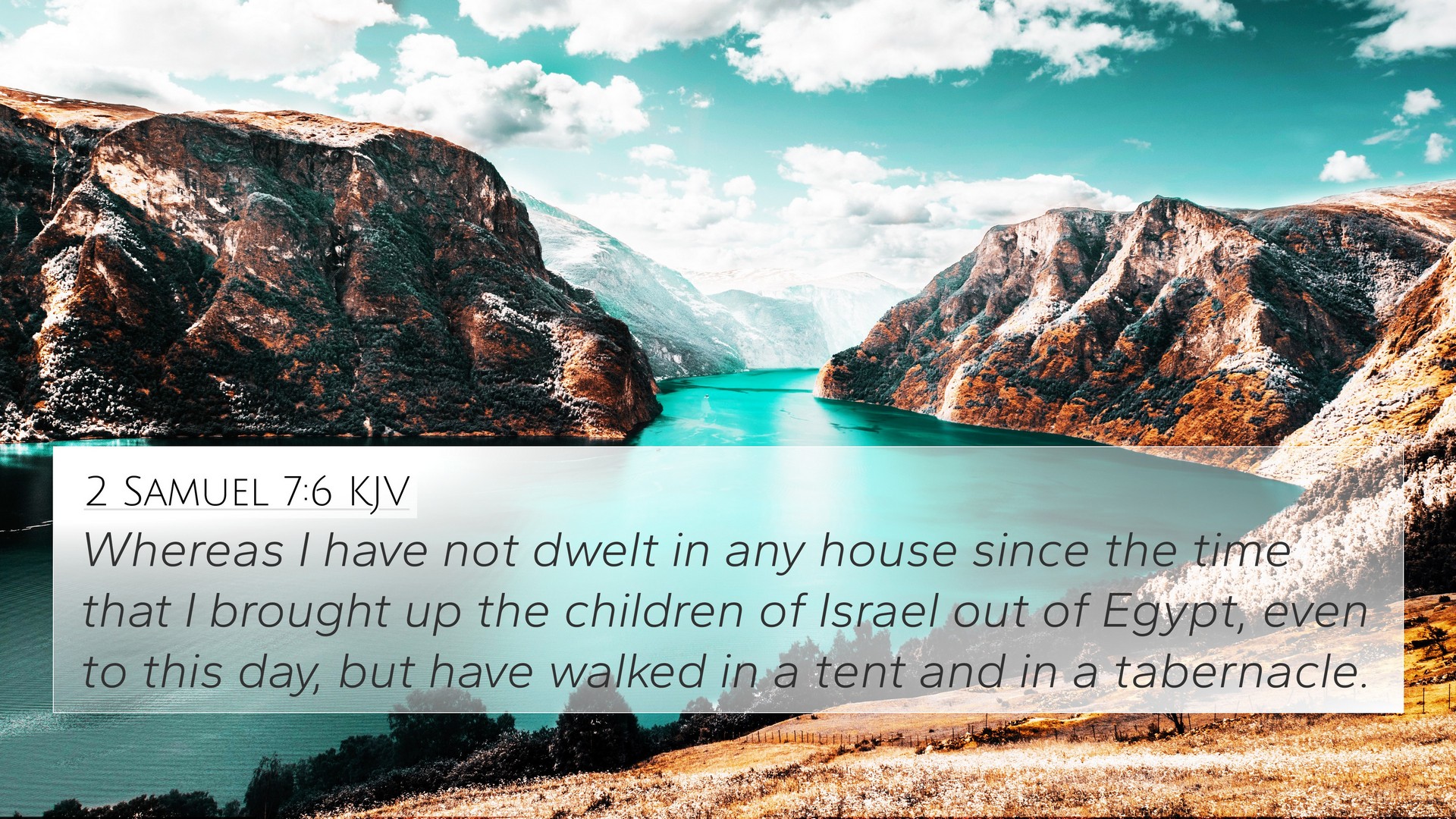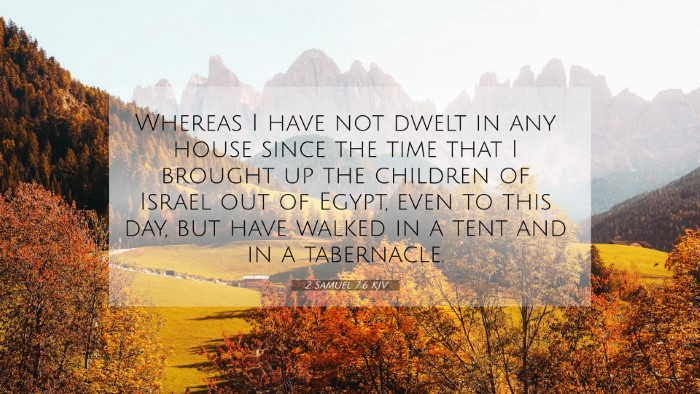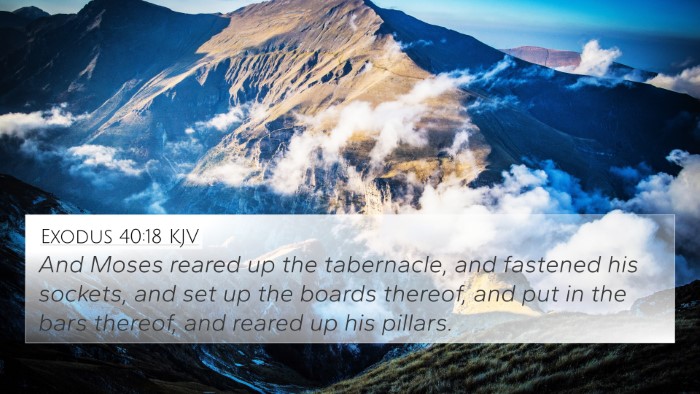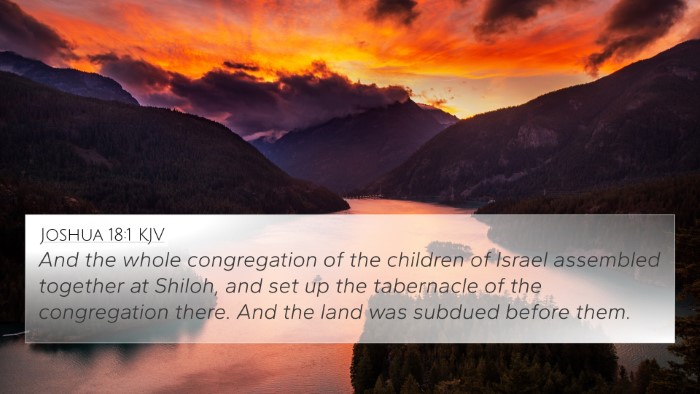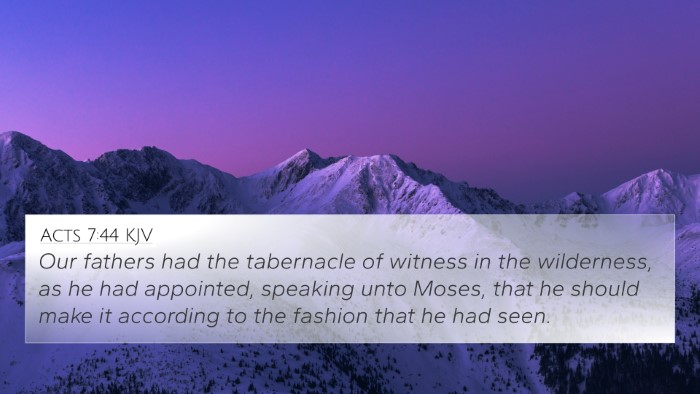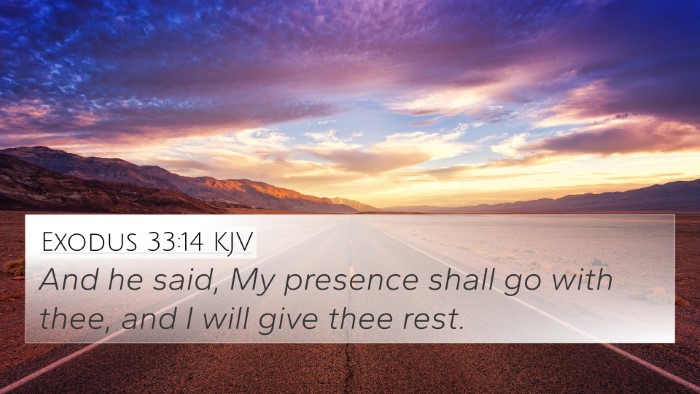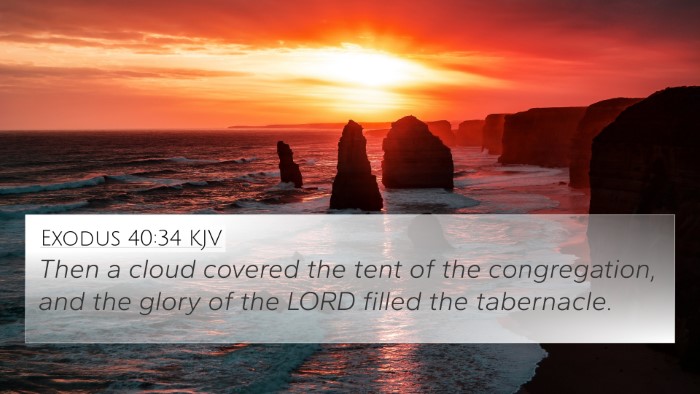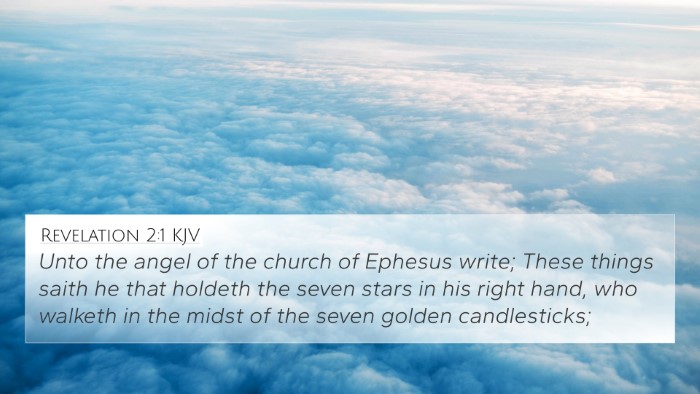Understanding 2 Samuel 7:6
2 Samuel 7:6 states: "For I have not dwelt in a house since the day that I brought up the children of Israel out of Egypt, even to this day, but have walked in a tent and in a tabernacle."
This verse occurs in the context of God communicating to King David regarding his desire to build a permanent temple for the Lord. The verse emphasizes God's transient dwelling amongst His people and highlights a significant theological theme in the narrative.
Commentary Insights
Based on insights from renowned public domain commentaries, we can derive a deeper understanding of this verse:
-
Matthew Henry's Commentary:
Henry points out that God's presence with the Israelites was not confined to a physical structure but was dynamic and adaptable. He reminds us that, since leading His people out of Egypt, God has been with them in a manner that transcended physical limitations.
-
Albert Barnes' Notes:
Barnes elucidates that this verse reveals God's sovereignty and His choice to lead His people through a mobile dwelling. The mention of a tent is significant as it symbolizes God's ongoing presence and guidance during their journey rather than anchoring His identity to a specific geographical location.
-
Adam Clarke's Commentary:
Clarke elaborates on the importance of the tent, suggesting that it signifies God's adaptability and the continuity of His covenant with Israel, despite Israel’s disobedience. It serves as a theological lesson that God's presence is not limited to human structures but extends wherever His people gather in faith.
Thematic Connections in Scripture
The message in 2 Samuel 7:6 resonates across various parts of the Bible, showcasing a recurring theme of God's presence and His relationship with humanity. Here are some relevant cross-references:
-
Exodus 25:8: "And let them make me a sanctuary; that I may dwell among them."
-
Hebrews 8:5: "Who serve unto the example and shadow of heavenly things."
-
Acts 7:44: "Our fathers had the tabernacle of witness in the wilderness, as he had appointed, speaking unto Moses."
-
1 Chronicles 17:5: "For I have not dwelt in a house since the day that I brought up Israel unto this day, but have gone from tent to tent, and from one tabernacle to another."
-
Matthew 18:20: "For where two or three are gathered together in my name, there am I in the midst of them."
-
Revelation 21:3: "And I heard a great voice out of heaven saying, Behold, the tabernacle of God is with men."
-
John 1:14: "And the Word was made flesh, and dwelt among us."
Cross-Referencing Biblical Texts
The act of cross-referencing Biblical texts allows for a deeper understanding of the interconnected themes presented throughout scripture. Tools for Bible cross-referencing such as concordances and cross-reference guides can facilitate further study. Here are some methods and resources for effective Bible cross-referencing:
-
Using a Bible Concordance: This tool helps locate specific verses related to a theme or word.
-
Engaging in Cross-Reference Bible Study: This method involves exploring verses that relate to one another for a thematic approach.
-
How to Use Bible Cross-References: Familiarize yourself with references while studying a passage to see how it connects to others.
-
Bible Cross-Reference Guide: Utilize guides available in study Bibles for comprehensive insights.
-
Inter-Biblical Dialogue: Examine how the Old Testament and the New Testament speak to each other through themes and prophecies.
Conclusion
The message encapsulated within 2 Samuel 7:6 serves as a powerful reminder of God's ongoing relationship with humanity. Through cross-referencing and examining scripture in conjunction, deeper insights emerge, illustrating God's faithfulness throughout biblical history.
